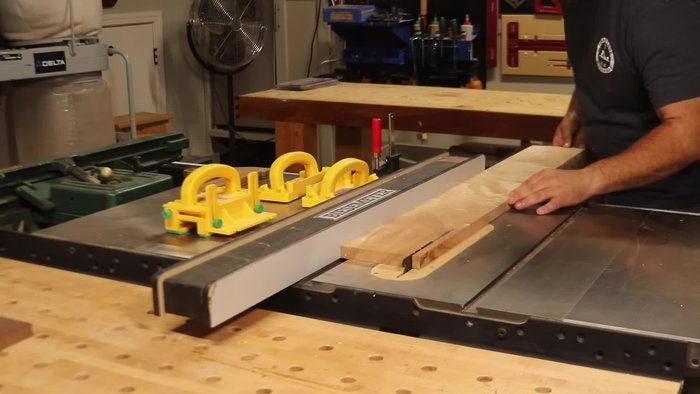The satisfying click of a precisely fitted mortise hinge is a hallmark of quality woodworking, a testament to craftsmanship that elevates a simple box to a piece of art. This timeless joinery technique, when combined with the warmth and beauty of wood, results in a project that’s both functional and visually stunning. Building a wooden box with mortise hinges might seem daunting at first, but with careful planning and attention to detail, it's a rewarding project accessible to woodworkers of all skill levels.
This guide will take you through each step of the process, from selecting your lumber and designing your box to chiseling those perfect mortises and installing the hinges. We'll cover everything you need to know to create a beautifully crafted wooden box that you'll be proud to own, showcasing the strength and elegance of this classic joinery method. Let's begin!
Preparation and Safety Guidelines
- Table saw
- Miter saw
- Bandsaw
- Planer
- Marking knife
- Chisel
- Trim router
- CA glue and accelerator
- Sandpaper (100, 180, 220 grit)
- Clamps
- Shellac
- Mini chamfer bit
- Self-centering bit
- Screws
- Always wear safety glasses to protect your eyes from flying wood chips and debris during cutting and chiseling.
- Use caution when working with sharp tools like chisels and saws. Maintain a firm grip and ensure the workpiece is securely clamped to prevent slippage and injury.
- Ensure proper ventilation when using finishes or stains. Work in a well-ventilated area or wear a respirator to avoid inhaling harmful fumes.
Step-by-Step Instructions
Prepare the Box Sides
- Select and cut figured maple for the box sides.
- Cut the sides to length using a miter saw, ensuring continued grain pattern.
- Cut the box sides to final width using a table saw.



Prepare the Box Sides Prepare the Top and Bottom Panels
- Cut an oversized piece of walnut for the top and bottom panels using a miter saw.
- Resaw the walnut in half using a bandsaw, and plane to final thickness.


Prepare the Top and Bottom Panels Cut Dados and Prepare for Assembly
- Cut dados on the sides and panels using a table saw.

Cut Dados and Prepare for Assembly Initial Sanding
- Sand all pieces to 180 grit.

Initial Sanding Cut Miters
- Cut 45-degree angles on the sides using a table saw and auxiliary fence.

Cut Miters Dry Assemble and Measure
- Assemble the box using painters tape as a hinge, ensuring squareness.

Dry Assemble and Measure Final Panel Sizing and Box Assembly
- Cut top and bottom panels to final size.
- Assemble the box with wood glue and clamps.


Final Panel Sizing and Box Assembly Lid Preparation
- Cut a slot for the lid using a bandsaw.
- Sand the bandsaw marks using sandpaper.


Lid Preparation Chamfering and Final Sanding
- Chamfer the inside and outside edges of the box and lid using a mini chamfer bit and chisel.
- Sand the entire box with 220 grit sandpaper.


Chamfering and Final Sanding Install Hinges
- Cut mortises for the hinges using a router and chisel.
- Install the hinges using CA glue and screws.


Install Hinges Finish
- Apply shellac finish.

Finish
Read more: Build a Stunning Black Walnut Coaster Set: The Ultimate Furniture Protector
Tips
- Use continued grain pattern for a visually appealing box.
- Number the boards for easy referencing during the build.
- Use an auxiliary fence for accurate 45-degree miter cuts.
- Use painters tape to align and hold miters during assembly.
- Add extra material for accurate panel cuts.

















